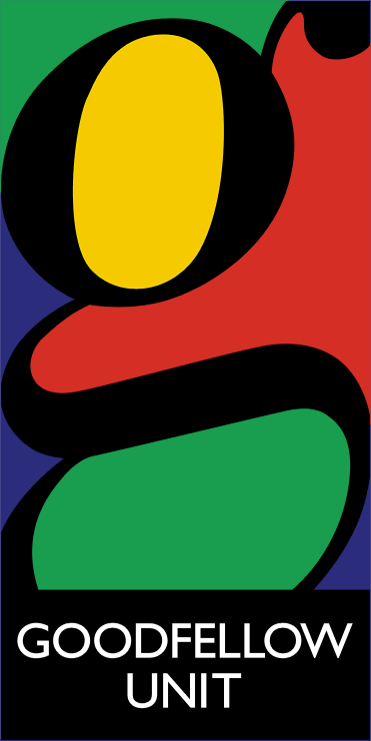The early-2000s also witnessed the growth of online education, especially with the Goodfellow CME Club website. The website provided registered GPs and other health professionals with access to the Journal Review Service, virtual courses, case studies and a series of ‘hot tips’. It also featured up-to-date information on assessing and managing selected health conditions.1
Dennis Kerins, the then Education Resource Coordinator at the Goodfellow Unit, first conceived of the idea of a Goodfellow Club in 1998. It gained momentum in the early-2000s when it received financial support from the Goodfellow Foundation.
The scope of the CME Club, however, was initially limited due to the low number of GPs who used the internet. In 2000, Goodfellow Unit staff estimated that one quarter of the GPs who attended the courses regularly used the internet or email. Attendees also reported the internet was their least preferred learning format.2 The following year in 2001, Goodfellow Unit staff found that attendees viewed any form of continuing medical education that did not involve face-to-face interaction with their peers as ‘adjunctive’. While some rural GPs reportedly ‘liked the concept’ of the CME Club, most attendees had limited knowledge and use of the website.3
Support from the Royal New Zealand College of General Practitioners appears to have fuelled the appeal of the CME Club across the early-2000s. In September 2000, College had endorsed the CME Club as a continuing medical education provider whereby members could gain re-accreditation credits by completing the virtual courses and quizzes.4

Dennis Kerins joined the Goodfellow Unit in June 1989
By October 2003, over six hundred GPs across New Zealand had registered with the online CME Club.5 In addition to the value of obtaining CME points, users highlighted many advantages of using web-based learning including flexibility, accessibility, the richness of content, and up-to-date information.6.


Dennis designed these logos to replace the ‘g’ with a halo the Unit had previously used on their branding. The former logos had been designed externally and received mixed reviews.
Across the early-2000s, staff developed innovative ways to encourage people to visit and register with the site. In July 2004, the New Zealand Doctor announced they had collaborated with the Goodfellow Unit to help readers to gain CME points. Readers could earn two CME points and a certificate by completing the Unit’s online quiz that supplemented the magazine’s ‘How To Treat’ section.7
By 2008, as one reviewer in the New Zealand Doctor reported, the ‘website has evolved with a sophisticated, simple and user-friendly quiz and explanation format which is easy to use and gives scored feedback and also the ability to provide auto driven CME Certificates in PDF format’.8 By that time, the CME club had over 1500 members.
Over the following years, the CME club grew to include material for others working in health, namely physiotherapists and nurses, as well as other doctors who worked outside of general practice.9
- Rajesh Kumar, ‘One in Five GPs Drop by Goodfellow’s “Club Med”’, New Zealand GP, 15 October 2003. ↩
- McLachlan-Smith and Tracey, ‘Learning by Distance for General Practitioners’, 189. ↩
- Felicity Goodyear-Smith, Melanie Whitehorn, and Ross McCormick, ‘Experiences and Preferences of General Practitioners Regarding Continuing Medical Education: A Qualitative Study’, New Zealand Medical Journal vol 116 no 1172 (2003): online. ↩
- Ross McCormick, Report to the Goodfellow Foundation, draft, 20 October 2003. ↩
- Kumar, ‘One in Five GPs Drop by Goodfellow’s “Club Med”’. ↩
- McCormick, Report to the Goodfellow Foundation. ↩
- ‘Scoring CME with How to Treat and the Goodfellow Unit’, New Zealand Doctor, 28 July 2004, 24. ↩
- ‘Scoring CME with How to Treat and the Goodfellow Unit’, New Zealand Doctor, 28 July 2004, 24. ↩
- Ross McCormick, Report to the Goodfellow Foundation, 4 October 2007, 6. ↩
